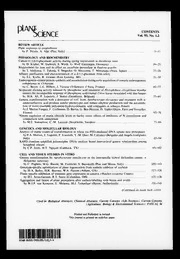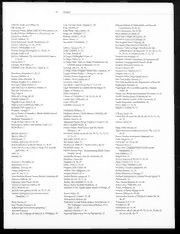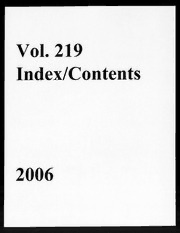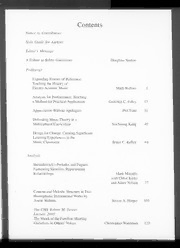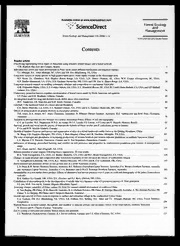
Compiler Optimizations for a Time-constrained Environment PDF
Preview Compiler Optimizations for a Time-constrained Environment
Compiler Optimizations for a Time-constrained Environment Owen C. Anderson Prof. Susan Fox, First reader Prof. Libby Shoop, Second reader Prof. Andrew Beveridge, Third reader April,2008 DepartmentofMathematicsandComputerScience Copyright c 2008OwenC.Anderson. ! TheauthorgrantsMacalesterCollegethenonexclusiverighttomakethisworkavailablefornoncommer- cial,educationalpurposes,providedthatthiscopyrightstatementappearsonthereproducedmaterialsand notice is given that the copying is by permission of the author. To disseminate otherwise or to republish requireswrittenpermissionfromtheauthor. Abstract Overthelastseveraldecades,twoimportantshiftshavetakenplaceinthecomputingworld: first, thespeedofprocessorshasvastlyoutstrippedthespeedofmemory,makingmemoryaccessesby farthemostexpensiveoperationsthatatypicalsymbolicprogramperforms. Second,dynamically compiledlanguagessuchasJavaandC#havebecomepopular,placingnewpressuresoncompiler writerstocreateeffectivesystemsforrun-timecodegeneration. Thispaperaddressestheneedcreatedbythelaggingspeedsofmemoryaccessesinthecontext of dynamically compiled systems. In such systems memory access optimization is important for resultant program performance, but the compilation time required by most traditional memory access optimizations is prohibitively high for use in such contexts. In this paper, we present a newanalysis,memorydependenceanalysis,whichamortizesthecostofperformingmemoryaccess analysistoalevelthatisacceptablefordynamiccompilation. Inaddition,wepresenttwomemory access optimizations based on this new analysis, and present empirical evidence that using this approachresultsinsignificantlyimprovedcompilationtimeswithoutsignificantlossinresultant codequality. Contents Abstract iii Contents v ListofFigures vii ListofTables ix Acknowledgments xi 1 Introduction 1 1.1 ModernStaticOptimization . . . . . . . . . . . . . . . . . . . . . . . . . . . . . . . . . 2 1.2 EvolutionofJust-in-TimeCompilation . . . . . . . . . . . . . . . . . . . . . . . . . . . 3 1.3 PreviousWork . . . . . . . . . . . . . . . . . . . . . . . . . . . . . . . . . . . . . . . . . 4 1.4 Implementation: LLVM . . . . . . . . . . . . . . . . . . . . . . . . . . . . . . . . . . . 4 2 AliasAnalysis 7 2.1 ClassicalAliasAnalysis . . . . . . . . . . . . . . . . . . . . . . . . . . . . . . . . . . . 7 2.2 BasicAliasAnalysis . . . . . . . . . . . . . . . . . . . . . . . . . . . . . . . . . . . . . . 8 2.3 MemoryDependenceAnalysis . . . . . . . . . . . . . . . . . . . . . . . . . . . . . . . 8 2.4 Results . . . . . . . . . . . . . . . . . . . . . . . . . . . . . . . . . . . . . . . . . . . . . 10 3 DeadStoreElimination 13 3.1 ClassicalDeadStoreElimination . . . . . . . . . . . . . . . . . . . . . . . . . . . . . . 14 3.2 FastDeadStoreElimination . . . . . . . . . . . . . . . . . . . . . . . . . . . . . . . . . 15 3.3 Results . . . . . . . . . . . . . . . . . . . . . . . . . . . . . . . . . . . . . . . . . . . . . 16 4 RedundantLoadElimination 19 4.1 GlobalCommonSubexpressionElimination. . . . . . . . . . . . . . . . . . . . . . . . 19 4.2 GlobalValueNumbering . . . . . . . . . . . . . . . . . . . . . . . . . . . . . . . . . . . 22 4.3 Results . . . . . . . . . . . . . . . . . . . . . . . . . . . . . . . . . . . . . . . . . . . . . 22 vi Contents 5 Conclusions 25 5.1 Results . . . . . . . . . . . . . . . . . . . . . . . . . . . . . . . . . . . . . . . . . . . . . 25 5.2 FutureWork . . . . . . . . . . . . . . . . . . . . . . . . . . . . . . . . . . . . . . . . . . 27 Bibliography 29 CodeListing 31 List of Figures 1.1 Anexamplecontrol-flowgraph . . . . . . . . . . . . . . . . . . . . . . . . . . . . . . . 2 1.2 AsimpleexampleinCandLLVMIR . . . . . . . . . . . . . . . . . . . . . . . . . . . . 5 2.1 Anexampleofmemorydependenceanalysis . . . . . . . . . . . . . . . . . . . . . . . 9 2.2 Adiagramaticexampleoftheinternalsofmemorydependenceanalysis . . . . . . . 10 3.1 Anexamplewherethefirststoreispotentiallynecessary . . . . . . . . . . . . . . . . 13 3.2 Anexampleinwhichthefirststoreisdead . . . . . . . . . . . . . . . . . . . . . . . . 14 4.1 Anexamplewheretheloadisnotredundant . . . . . . . . . . . . . . . . . . . . . . . 20 4.2 Anexamplewheretheloadisredundant . . . . . . . . . . . . . . . . . . . . . . . . . 20 4.3 Theresultofeliminatingaredundantload . . . . . . . . . . . . . . . . . . . . . . . . 21 5.1 Totaltimetoexecutetheoptimizationsinsecondsofthefourlargesttestcasesfrom SPEC . . . . . . . . . . . . . . . . . . . . . . . . . . . . . . . . . . . . . . . . . . . . . . 26 5.2 NormalizedexecutiontimeofthefourlargesttestcasesfromSPEC . . . . . . . . . . 26 List of Tables 2.1 ThenumberofaliasqueriesevaluatedontheSPECbenchmarks . . . . . . . . . . . . 11 3.1 ThenumberofstoresremovedontheSPECbenchmarks . . . . . . . . . . . . . . . . 16 4.1 ThenumberofloadsremovedontheSPECbenchmarks . . . . . . . . . . . . . . . . 23
Description:The list of books you might like

Haunting Adeline

The Subtle Art of Not Giving a F*ck

The 5 Second Rule: Transform your Life, Work, and Confidence with Everyday Courage

The Silent Patient

The sign & its masters

Ram Accelerators: Proceedings of the Third International Workshop on Ram Accelerators Held in Sendai, Japan, 16–18 July 1997

Burgen und Schlösser Natur aktiv Tag der Franken

Mass Appeal Magazine 38

RIHS Watchtower 2006
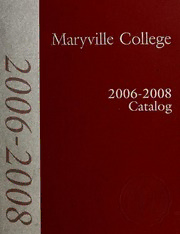
Maryville College Catalog 2006-2008
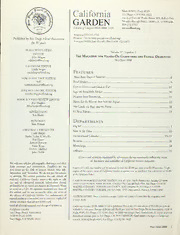
California Garden, Vol. 97, No.3, May-June 2006
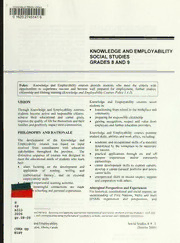
Knowledge and employability : social studies grades 8 and 9
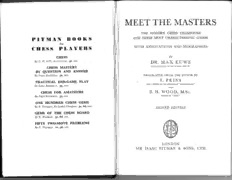
Meet the Masters
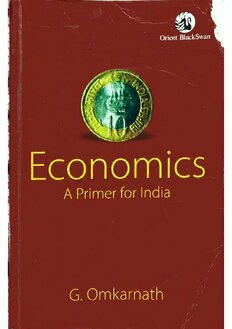
Economics: A Primer for India

Greek Government Gazette: Part 4, 2006 no. 465

Project 1 - Workbook (3rd Edition)
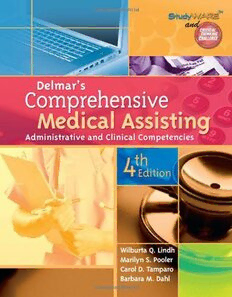
Delmar's Comprehensive Medical Assisting: Administrative and Clinical Competencies, 4th Edition
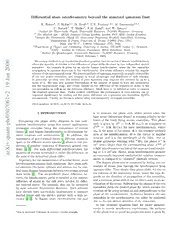
Differential atom interferometry beyond the standard quantum limit
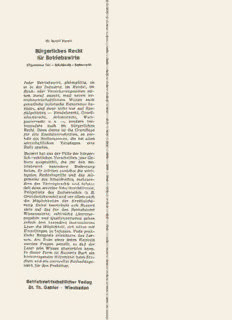
Bürgerliches Recht für Betriebswirte: Allgemeiner Teil — Schuldrecht — Sachenrecht
